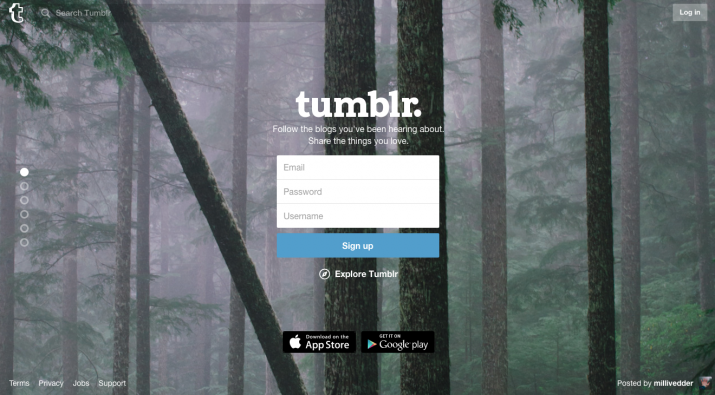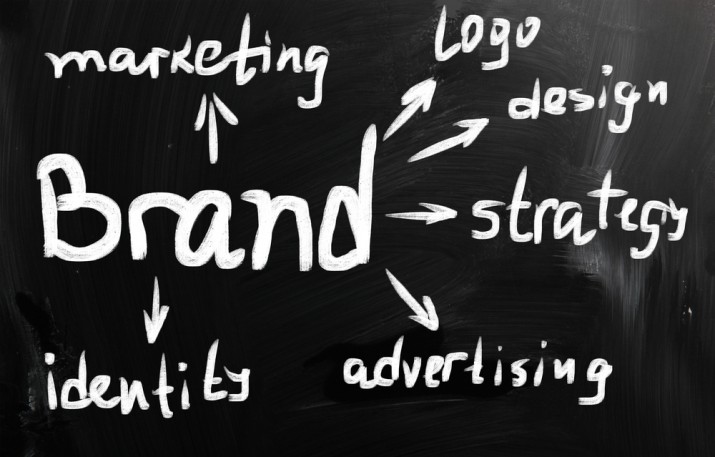
Btrax Design Company > Freshtrax > The Importance ...
The Importance of Good Design for Startups
Many startups focus on technology and service ideas. Although there’s nothing wrong with coming up with something unique, the factor that really makes a difference between a huge success and dismal failure could be something else: DESIGN. Why?
The answer is pretty straightforward. Users don’t care much about what’s underneath, but they do care about what they see, feel, and experience. In other words, the quality of design impacts business results, not only in terms of revenue, but also in many cases whether startups get funded or not.
Now that the “technology stack” of the internet has been built up and commoditized thanks to cloud computing and open source software, startups will find their competitive advantage less in core technology and more in product design and other factors.
From a non-designer’s perspective, good, well thought-out and executed design is subliminal, but powerful. For startups, there are three key roles of Design:
- Product User Interface (UI) and User Experience (UX) – Whether it’s web, mobile or software, Ease of Use is one of the key factors contributing to its popularity .
- Marketing – You produce it, and you market it. In order to get enough attention from potential customers to convert them, you need to communicate well with them to get them to know your product.
- Branding – This is how people perceive your product. Great design well serves your product in establishing positive perceptions by potential and current customers.
The 3 Key Roles of Design for Startups (also for larger companies)
1. Product UI/UX (Usability)
Many startups focus heavily on design. When it comes to web and mobile services, design for the product is more important than in most other industries. Especially in this era of countless apps and services produced by a saturated market of startups, the major differentiator could be the ease of use.
How did services with incredibly simple concepts like Twitter, YouTube, and Instagram get so popular? None of them use technologies that are difficult to imitate and all have many similar competitors, so what do they do differently?
Here, simple is key. What they did was to stick to providing a single service, making that one service easier to use than anything else on the market.

Photo credit: tulpahn / Shutterstock.com
Adding too many features can sacrifice usability, which could be fatal. A good example is Windows Vista. With it’s difficult to use, very confusing UI/UX, its short life ended before more people could get a chance to experience the torture.
The growth of the most popular internet services into what they are today isn’t about having superior technology, hype or anything else – more than often they just had an excellently designed product.
One good example of a design-centric product would be Tumblr. Their sign up page is dead simple and you can have a professional looking blog within a matter of seconds, not minutes. Also, it offers an easy way to post different types of media such as audio and video easily in a time when it took people hours to format a media-intensive post on other blogging platforms.

Although the Tumblr team has great engineering talent, they care more about design, UI and UX. For consumer web apps today, usability design matters more than technology.
2. Marketing (Communication)
The combination of design and marketing is very powerful for startups; it allows them to compete with the big dogs. Realistically speaking, the majority of marketing activity for startups should take place online for obvious reasons.
Online marketing gives you a valuable chance to communicate to a large number of people quickly, but if you aren’t using good and consistent design with every marketing avenue, then you aren’t getting all you can out of each opportunity.

Online marketing design can include your website design, Facebook custom tabs, Twitter page, banner ads, email newsletter, or anything that you use online to market your company or services. All of these items give you a great chance to present yourself professionally through quality design.
A key element in online marketing is your website. A well-designed website helps represent a professional company with quality values and services. A poorly designed website shows the opposite. Even if you offer great products, users aren’t getting the best impression and will make assumptions quickly about who you are.
Use the character of your products to determine your style of design, then use it to your advantage in every place you market. Create a great twitter background, a well-designed Facebook landing page for new visitors, and a beautiful email template to match. Every interaction sends a message to your audience, so make sure they are seeing your best side.
3. Branding (Perception)
Some may think branding is only for large companies, but it’s actually more important for startups. For startups, branding can often take a backseat to other priorities, such as funding and product development.
This is a mistake, as a company’s brand can be key to its success. It is as important as any other early step. Inaccurate branding of a new business can make it difficult for people to grasp why the business exists in the first place.
A brand is not just a logo, it is everything from your ethics to persona — your business culture. A logo is an identifying mark for the brand, while a brand is an emotional response your audience has when they come across your company — what they feel, see, taste and so on.

A memorable logo is just the beginning—an extremely important one—of setting the overall tone of your new or existing brand. Brand identity must be unique, memorable and simple in form. It does not need to say exactly what the company does. You just need to make sure that people would react in a positive way to your brand identity.
Social media, like Twitter or Facebook, is a very useful tool to measure brand perception. Businesses that get feedback are the ones that use their brand very effectively. Knowing what you excel in and fail will build a stronger, longer-lasting brand.
Once you have solid branding, it needs to be implemented consistently across all your branding and promotional materials. Not only on your letterhead, business cards, and compliment slips, but on your signage, leaflets, brochures, email signatures, PowerPoint presentations, and website.
There will be some up-front costs but consistency pays off – it increases your perceived brand value. And don’t forget, the logo cannot be altered easily once it’s set. Remember what has happened to brands such as GAP and Myspace. If you can create consistency with your brand, it can become a comfort zone for your audience.







